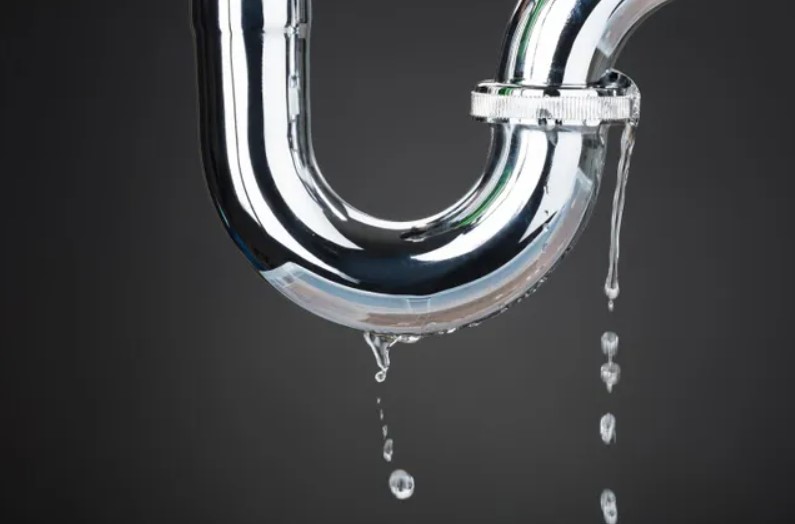
Water leak Coastal Plains can be a massive problem for many homeowners and businesses. A small puddle or a significant flood can ruin your property’s appearance and even cause water damage to your building. So what can you do to protect yourself?
Coastal plain aquifers
The result from various geologic formations formed over time. These formations vary in thickness, composition, and age. They are hydraulically interconnected to some extent. Unfortunately, they are also vulnerable to human activity. Examples of human activities include septic tank fields, wastewater treatment plants, and landfills. All these activities can release anthropogenic contaminants into the groundwater; therefore, you can call a water leak coastal plains expert to solve the problem.
The Chesapeake aquifer is the uppermost regional aquifer of the Northern Atlantic Coastal Plain aquifer system. This aquifer extends from the Outer Banks of North Carolina to the southern part of the Delmarva Peninsula. It has an average thickness of 330 feet. The top of the aquifer is mostly above sea level in New Jersey and about 300 feet below sea level on the Outer Banks of North Carolina.
Surficial aquifer
Coastal plains in the United States have aquifers that have been affected by human activity. Contaminants have been introduced into the system for a century or more. They can persist for hundreds or thousands of years. As a result, they may affect people as well as ecosystems.
For instance, untreated sewage can leak into the shallow aquifer, causing water pollution. The aquifer is also subject to stress from saltwater intrusion, which limits its yield.
The surficial aquifer system in southeastern Georgia has a thickness of up to 60 feet. The upper aquifer, which is less critical, consists of alternating layers of sand and clay. As a result, groundwater containing sodium chloride is farther downgradient, while groundwater containing calcium bicarbonate is closer to the coast.
The surficial aquifer is recharged by surface runoff and rainfall. During the wet season, the chloride concentration increases while the bicarbonate concentration decreases. This results from the leaching of soluble salts through groundwater movement to the ocean. In the dry season, the aquifer is essentially freshwater.
Overlying aquifers
Coastal aquifers are exposed to the threat of sea level rise and climate change. Several aquifers in the Mediterranean are impacted by seawater intrusion. Coastal aquifers also face threats from lateral salt pollution from coastal streams and swamps, which may be fed by seawater.
These processes affect the quality of groundwater in all coastal aquifers. However, the three-dimensional salinity distribution in an aquifer depends on the current regime and aquifer heterogeneity. In addition to salinity sources, contaminant transport and degradation processes determine an aquifer’s vulnerability. Indicators of these processes include the topographic surface, contaminant transport, and precipitation regime.
The aquifer’s exposure is also determined by lateral salt pollution based on the groundwater’s hydraulic head and covers along the coastline. The hydraulic head is the amount of groundwater flowing upward from the aquifer surface.
Peedee-upper Cape Fear aquifer
Among the aquifers of the coastal plain of North Carolina, the Peedee-upper Cape Fear aquifer is the southern equivalent of the Severn-Magothy aquifer. It is found from southeastern Virginia to the North Carolina-South Carolina border. The sediments in this aquifer are thicker on the Cape Fear Arch than in the Albemarle Embayment.
The aquifer is composed of unconsolidated sand and gravel of marine origin. It is primarily of Quaternary age. It is the uppermost aquifer in the aquifer system. It extends over the eastern coastal plain of North Carolina and the western portion of the Delmarva Peninsula.
Aquifers in the central coastal plain have lowered groundwater levels due to long-term overpumping. Water levels in other aquifers generally show downward trends. However, many growing communities depend on the same water resources.
Potomac aquifer
Several geologic formations are present in the Coastal Plain. These include the Potomac aquifer and the Lower Cretaceous aquifer. The Potomac aquifer is a major aquifer that underlies much of the Northern Atlantic Coastal Plain. The aquifer contains a variety of permeable sands and clays. Different names in different states have been given to these sediments.
The Potomac aquifer has a maximum thickness of 5,000 feet. The top of the aquifer is above a narrow band of land from New Jersey south to Northampton County, N.C. Its transmissivity is less than 1,000 feet squared per day in North Carolina but increases eastward because the aquifer thickens seaward. Several sedimentary formations are present, including the Potomac Formation in Maryland and the Potomac Group in Delaware.
